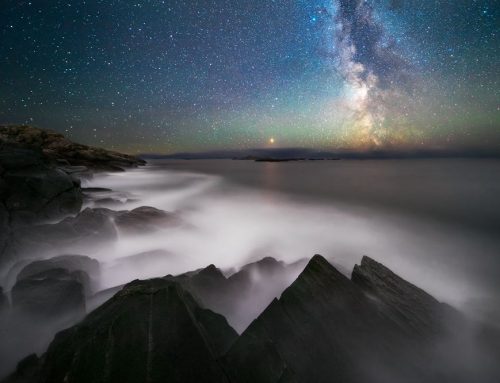When taking long exposure images, your margin for error is somewhat reduced given that anything could go wrong during the exposure period! These are some common problems encountered when using filters and some proposed remedies.
Camera shake during exposure

If you are taking exposures of duration longer than 1/focal length, I would recommend using a tripod such that there is no motion artefact. As an example, if I were shooting at 200mm, I would prefer to use a tripod for any shot taken at slower than 1/200secs. Whereas if I were shooting wide at 16mm, I prefer to use a tripod for any shot taken at a slower shutter speed than 1/16 secs. If your tripod has a gravity locking system, use it in windy conditions.
Avoid touching the camera during the exposure – The best solution is to use a cable release that allows you to press a button to trigger the shutter. If you do not have access to a cable release, set your camera for a 2 second delay such that you can leave the camera free after depressing the shutter.
Remove items which could move the camera during the exposure. It would be preferable to remove the camera strap such that it isn’t acting as a sail and moving your setup. Also, make sure that your tripod is not near moving objects such as branches which could bump your setup during windy conditions.
Camera settings

Use the lowest possible ISO that you can that allows you adequate depth of field. For instance, if all the elements in your image are distant and depth of field is not an issue, it would be preferable to use settings of F11 ISO 100 rather than F22 ISO 400 for the same shutter speed.
Try to use your camera’s sweet-spot of aperture. This is usually in the F8-F11 range. This will allow you to obtain maximal image quality with a good depth of field, while avoiding an unnecessarily soft image through using too small an aperture such as F22.
Set your camera to manual focus and try to obtain your focal point during a test image before placing your filter on. If you leave the camera in autofocus with a dark filter on, there is a very high risk that the camera will ‘focus search’ as it is unable to detect focal points. This will result in an unusable, out of focus image.
Filter Cleanliness

When on the field, the dirt and droplets of water often cause defects in your image which are easily avoidable. In between shots, always check to see if there are droplets on your filters. My favourite way to clean water off a filter is to use medical ‘Kim’ wipes which do not leave a smear.
In between shoots, make sure you stow your filters away without contacting each other. This prevents scratches which lead to a filter eventually becoming unusable. If your filters do become dirty, take the first opportunity to wash your filters in fresh water while wiping dry with Kim wipes as above.
by Dylan Toh





